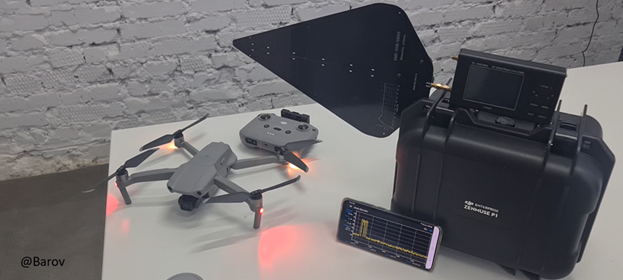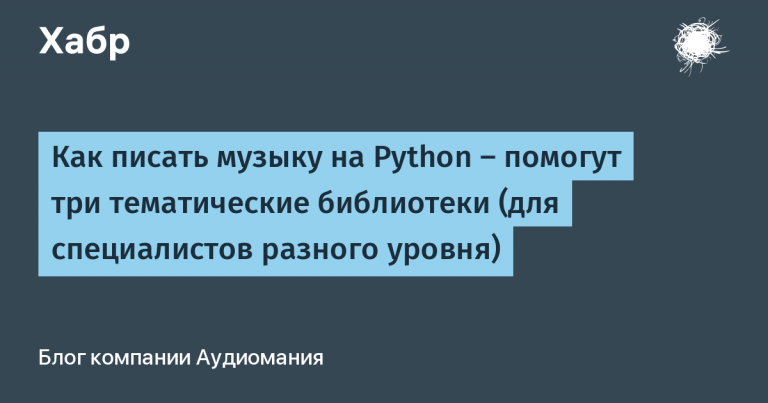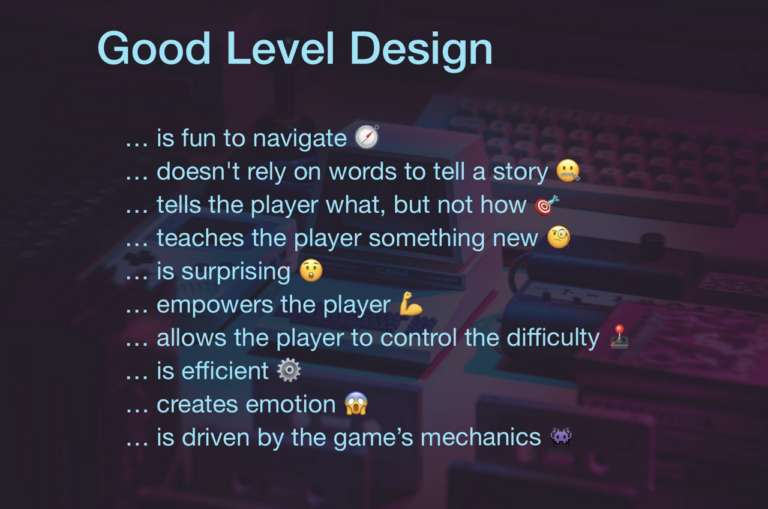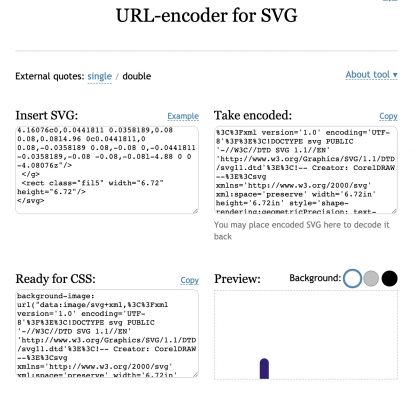How I tried to make work at the clinic easier
The material was published on Pikabu, but on the advice of commentators, it was decided to show it for evaluation here. I’ll say right away that I’m not a pro in programming, so in order to make a living, working MVP, I had to use “No‑code” (I won’t advertise the platform, if you need it, you can easily google the one you need and is suitable for you). This or similar experience has probably already been implemented in various MIS (medical information systems), but in my healthcare institution this is not the case.
Problem
We will talk about the call log, which we still write in paper form to this day.
The story began during Covid.
There are more than 300 calls, and the biggest pain at the beginning of the working day is to select calls in your area (after all, they are in a different order in the log), copy them into a notebook, and arrange the route.
And yes, experienced doctors will copy it down and go from memory, but you must admit that sometimes you can miss or forget the route, you can confuse the houses, this often happens even among those who know the entire area from the back streets. And it will probably be more convenient if the doctor does not spend an extra 5 minutes (during Covid, about 20, because there are so many calls).
For 2023 (it seems they did this earlier), there is already a call log in the MIS, which allows you to sort the calls themselves by doctors and print them out.
One fine day, I myself get a mild form of Covid, and I’m sitting at home, I can’t sit idle – so I figure out how to make my work easier.
I sit down at the computer and understand that I’m not a programmer, although I have layout skills, but something can be done, I remember all the constructors that exist: tilde, yukoz – I understand that they don’t fit, I’m looking for information about “zero code” platforms” – no, I’m not advertising them, I’m just telling you how I aimed at MVP, but in fact I could get a finished product.
The goal that was in front of me from the very beginning
Collecting addresses in an application convenient for everyone (the original version was bad, because the doctor also had to transfer calls to his phone).
Building a route
Notes on calls (comments, what to prepare for)
Conclusion, notes for yourself (what happened on the call, what you decided in the end and whether you need a sick leave).
What happened in the end
Everything I planned
+ the ability to add calls by the registrar from the call center, directly from the PCs that are located in their place
+ the ability for the doctor to view the history of his calls and the information he filled in on them for himself from any PC
That is, in the end, a wonderful chain was built
The call center records the call directly in the database, addressing it to the right doctor who walks around this territory → the call is received by the doctor in the application/website (because I didn’t have enough time to upload the application to the store, and I was disappointed in the project) → The doctor immediately sees the call and a comment about it, accordingly, does not waste time rewriting information + does not waste time going to the call center, which means it eliminates personal contact (during Covid it was very useful).
In addition, at the beginning of work, the doctor can immediately go to calls, rather than go to the clinic.
If calls are added along the route of the doctor’s work, then they fall into the “Bell” – notifications, either via @mail or notification, + are built into the queue along the route.
The most interesting thing is that now I have opened the project, I managed to set up the route and sequence of calls using maps and some script written by my friend.
The project is still alive in my test version, but I can’t use it because the service is foreign and it’s expensive to pay for it.
Application logic for a doctor
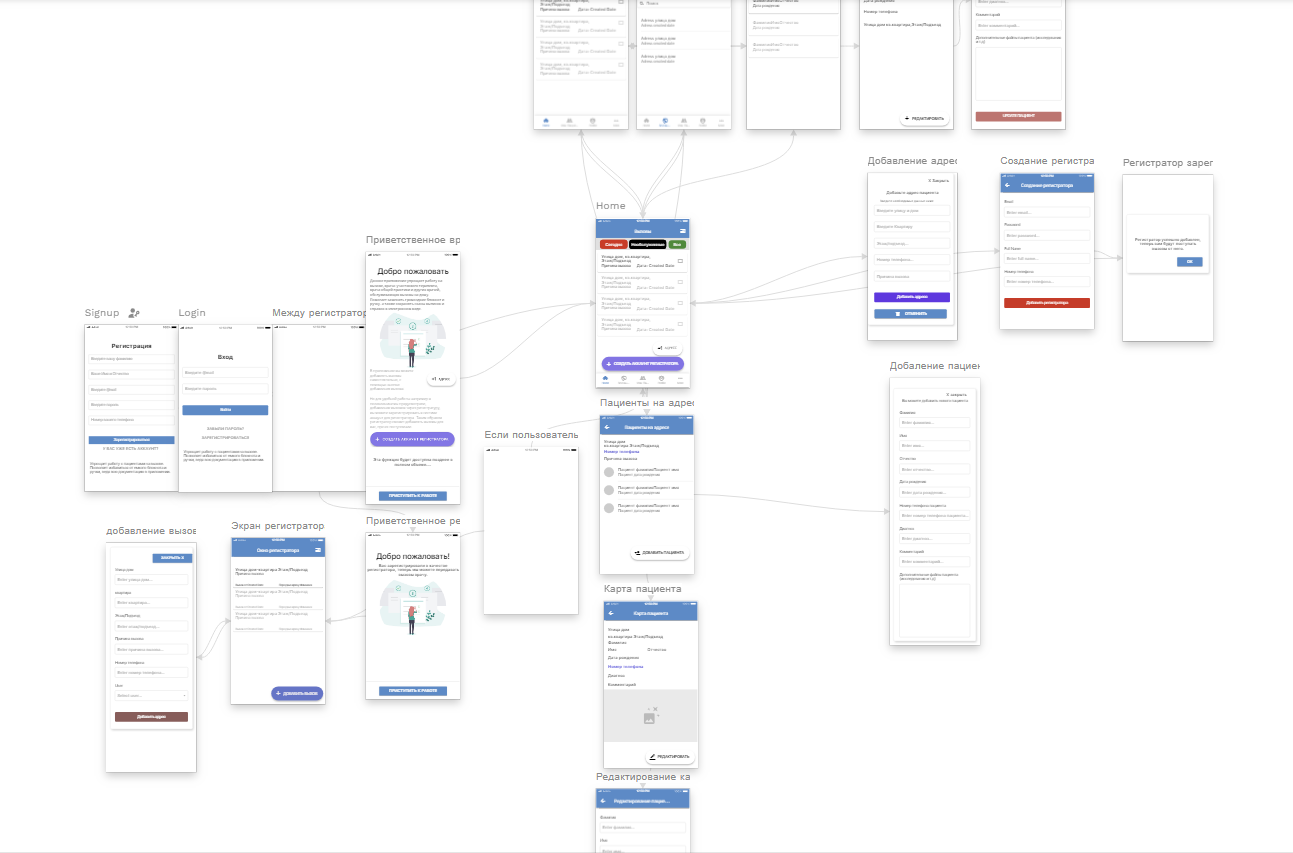


There’s already a plan for a patient’s card – an analogue of creating your own MIS – (no, I didn’t have this goal, since now there are a lot of them).
But – convenient work with calls, their number, the call contains patients, who are either added by the call center registrar or the doctor himself. If the doctor came across more patients on call who were not called, the doctor can add them himself. (so to speak, passing patients in the apartment).
Ranking of calls by their distance. (Due to the severity, I didn’t think about doing it then; basically they served it as it was more convenient).
Opening the map in a separate window, opening the route in Google maps, basically this is a walking route, the most optimal in terms of distance. I only made it possible to start the walk from the farthest point of the area, since it was customary to do the work from the end.
Creation of patient information – various data.
Application logic for the recorder

There’s nothing complicated here – I logged in (the admin would give out logins and passwords). You go to the log of all calls. On the top right there is a button to add a call, you enter the information while you are on the phone and send it to the doctor.
Application logic for viewing your notes and calls

It’s even simpler here – you just log in using your login, open any challenge and see where you were, when, how and what you wrote down for yourself. Easy and convenient, I opened this application and opened my MIS at work Crtl+c Ctrl+v, and that’s it, I saved a lot of time on entering information. (Yes, all MIS have templates, but here it’s even faster to find a patient and objectively enter complaints).
In fact, when the doctor came back from a call, he already had everything in printed form – all that was left was to transfer this MIS.
Why didn’t I go somewhere further with this?
Because I saw that in other cities this was partially implemented + implemented together with the MIS on which they work. I didn’t want to reinvent the wheel.
Because there was not enough knowledge in development.
Because the MIS with which we are working has been planning this for 3 or 4 years, but I don’t see it at all, or maybe it exists, but our management does not buy it.
Because no one would give access to the API of the MIS with which we work.
Why didn’t I keep it local for myself and my colleagues?
The first question that tormented me was data protection, what it would be like, because this is an MVP and everything is based on the platform’s know-code, which means I don’t know what and how it is protected.
I know that in other cities something similar has already been implemented and it has been implemented better and much better, doctors I know from certain clinics in Moscow even give out tablets at work with the necessary software, but we don’t have this, we are tied to MIS with which there are always some problems , perhaps not with it itself, but with the servers on which it is located. Although the optimization for Astra-Linux is terrible, we notice how the MIS floor works perfectly on Windows.KK
But to be honest, we tested this “Development” for some time, and everyone really liked it. Except old school.
There were a lot of ideas for development and improvements, but I didn’t know where to propose it, and it would be better for blades or companies to order something for themselves.
